Are you a parent to pets and plants? We don’t blame you – they’re both great!
Plants can really transform your yard, not only improving the aesthetics but even your resale value too! But pet owners must stick to dog-friendly plants to keep Spot safe.
We’ll share 23 of the best dog-friendly plants for your yard and provide some general dog-friendly landscaping tips below!
Picking Plants for Your Yard: Things to Think About
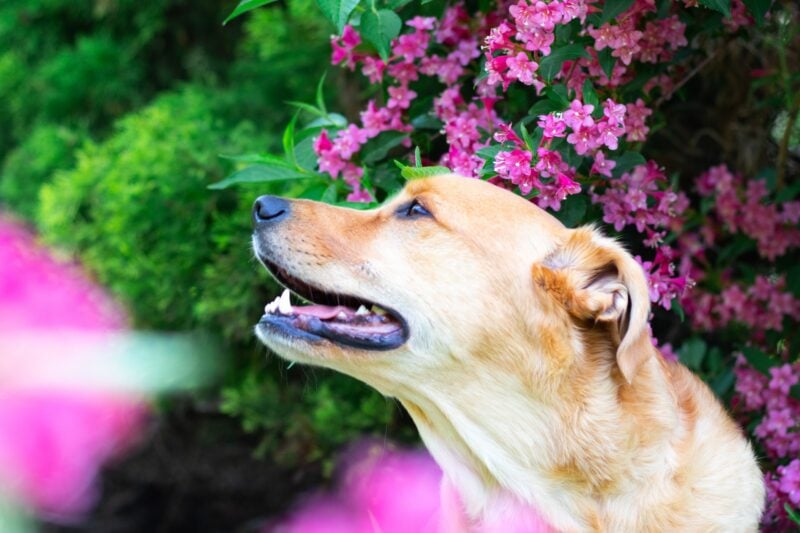
Before you pick out some plants for your pooch-friendly yard, you’ll want to take the following into consideration:
- Your USDA Hardiness Zone: The USDA provides a standard hardiness zone map providing growers with a general sense of what sorts of plants are likely to grow in a certain location. Some of the strongest plants can thrive amongst multiple zones, while others will only thrive in a narrow range of climates.
- Sun Exposure: Sun exposure is one of the most crucial things to consider when picking plants for your yard. After all, you can tweak the soil or amount of water you provide, but you can’t change the amount of sunlight they’ll get very easily. So, just understand that some plants require more sun exposure than others, and be sure to pick out plants that align with your yard’s level of exposure.
- Water Requirements: Not all plants require the same amount of water or the same watering schedule, so you need to consider the moisture requirements of the plants you choose. You can certainly do things like supply supplemental water, but it’s not very easy to remove moisture from the soil if you select plants adapted to arid regions.
- Plant Durability: Pet parents are wise to opt for durable plants since your best buddy may bump into your favorite foliage while romping around the yard. If you do pick out delicate flowers, it may be worth installing them behind a fence or a border of more durable plants.
- Fruit or Litter Problems: Many plants drop leaves or fruit – and some drop both. This can not only saddle you with extra cleanup chores, it can also present safety issues, For example, some plants may drop toxic fruit, while others may shed things that’ll represent trip hazards. So, just be sure to factor a tree or plant’s litter before making your selections.
- Yard Aesthetics: This kind of goes without saying, but you’ll want to make sure your preferred plants pair well together and fit within your yard’s aesthetics. And keep in mind the way the plants will change over the course of the year – especially if you select deciduous species.
- Special Properties: Certain dog-safe plants like catnip (Nepeta cataria) may act as a natural flea repellant in your yard. Dog repellent plants also exist, which may provide some value if installed in areas you want your dog to steer clear of. Not all owners notice a difference when growing these specialized plants, but they may be worth considering.
- Periodic Maintenance: Some plants may require regular maintenance like pruning to maintain their health and appearance. This won’t only take time, but it may also mean that you’ll have to invest in the equipment necessary to keep them trimmed and looking their best.
- Scientific Names: Many plants share the same common name, and some go by several different names. So, always double-check the scientific name for the plant (the weird looking, Latin-sounding name that is usually italicized) before bringing any home.
If you’re just taking up gardening, don’t forget that you’ll need to spend time training your dog to appropriately enjoy the yard. Some dogs may be inclined to trample over your flowers or take a leak over your petunia patch, which can damage your plants.
23 Best Dog-Friendly Plants for Your Yard
Ready to break out your gardening gloves? Check out these 23 dog-friendly plants that are perfect for pet parents with green thumbs:
1. Sunflower (Helianthus spp.)
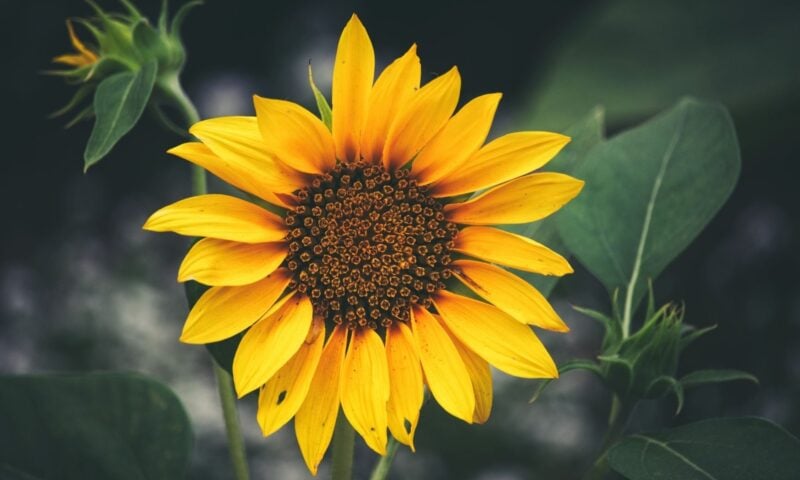
Sunflowers are some of the cheeriest dog-friendly flowers out there. These plants are best grown in USDA hardiness zones 2 through 11, where they’ll often bloom in the summer and fall. Luckily, sunflowers are super hardy and will bloom in most soil types as long as they have enough water.
These flowers aren’t just beautiful additions to your gardens, they also feed and attract pollinators like bees which can help the rest of your flowers flourish.
2. Dill (Anethum graveolens)
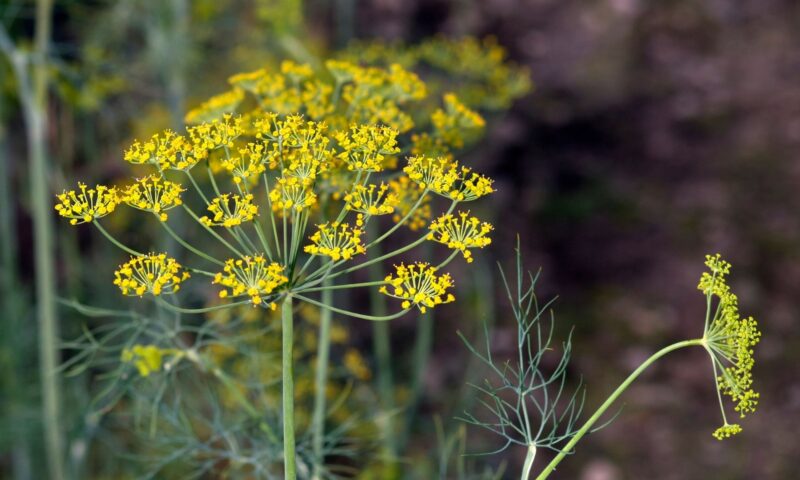
Dill is perfectly safe for dogs – it can even help freshen your dog’s bad breath. This plant is also self-sowing so you can expect it to return one year after another.
You can also use dill to make pickles and to season some of your favorite dishes. It’s a pretty hardy plant that can be grown in zone 2 through 11.
3. Purple or Green Basil (Ocimum basilicum)
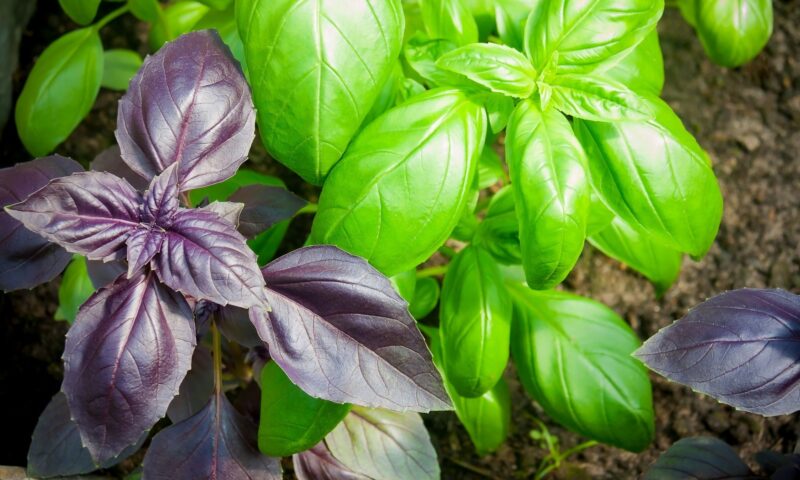
Purple and green basil are both safe plants for dogs and cats. You mutt can even enjoy a small munch of this herb which provides anti-inflammatory benefits (it’ll also freshen her breath a bit like dill).
Basil is typically grown in hardiness zones 10 and 11 and requires consistent temperatures above 50 degrees Fahrenheit. This herb is rich in Vitamins A and K, so be sure to incorporate it into some of your own dishes too!
4. Bamboo (Phyllostachys aurea)
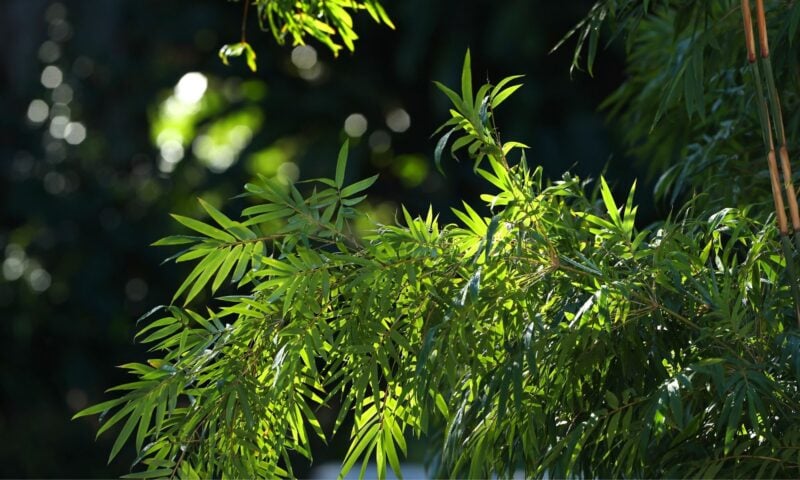
Bamboo is one of the strongest plants around, and it shoots up fairly quickly – it’s actually one of the fastest growing plants in the world (some sources claim that it is the fastest-growing plant). Since it’s a tall, fast-growing plant, it can also help provide some natural privacy between your yard and the neighbors.
Bamboo is also really hardy and doesn’t suffer from many pest problems. But this can actually be a bit of a problem – it sometimes grows a bit too well. So, you’ll want to keep an eye on your bamboo’s growth so that it doesn’t outcompete your other plants or invade your neighbor’s yard.
5. Rosemary (Salvia rosmarinus)
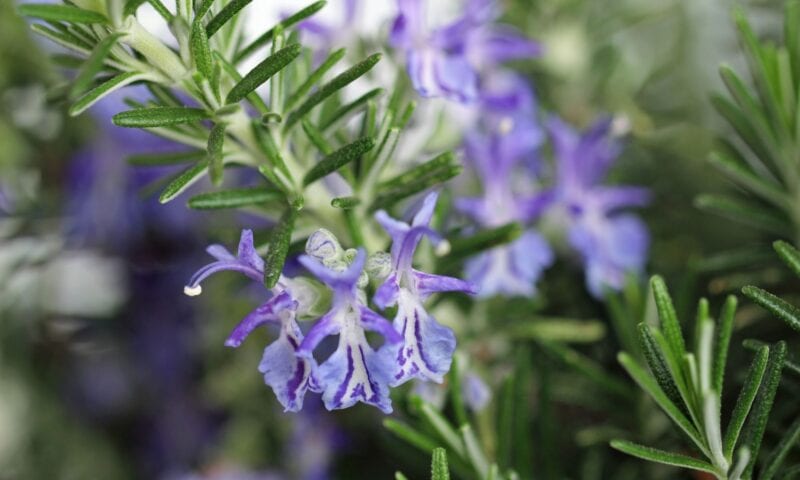
Rosemary is a pawtastic perennial that is completely safe for furry friends. It thrives in zones 7 through 10, though some zone 6 growers have found success with the hardy plant.
You can also harvest this herb for your own cooking and enjoy the plant’s natural source of vitamin E. Rosemary can benefit from regular pruning, but it’s not needed for the survival of this low-maintenance plant.
6. Thyme (Thymus spp.)
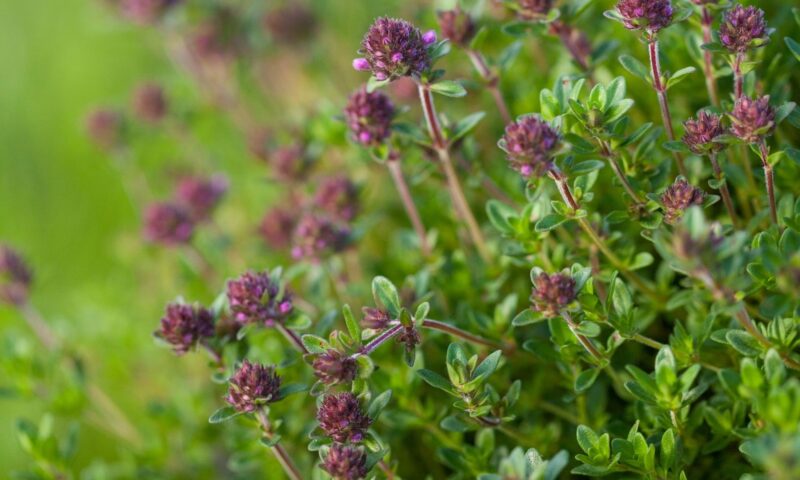
Dogs can safely enjoy small portions of thyme, and the plant is thought to repel some pests, including fleas, beetles, and tomato hornworms, making it an excellent companion plant.
Thyme grows best in zones 5 through 9, and it prefers full sun. Interestingly, this hardy plant can even thrive in gravel gardens, providing extra value for some homeowners. It’s also pollinator-friendly, so you can help the planet while decorating your yard.
7. Forsythia (Forsythia spp.)
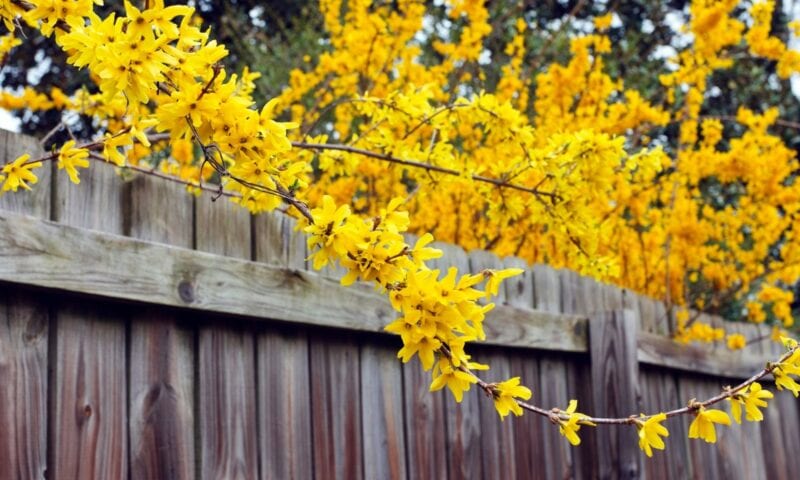
If you’re looking to add a pop of color to your garden, Forsythia is an excellent pick. This yellow dog-friendly shrub hails from parts of southern Europe and Asia, and it grows best in zones 5 through 9.
Forsythia tolerates most soil types, though it needs at least six hours of full sun to bloom its brightest. Also, note that this cheery plant often blooms in the early spring, which makes it a welcome sight after the long winter.
8. Catnip (Nepeta cataria)
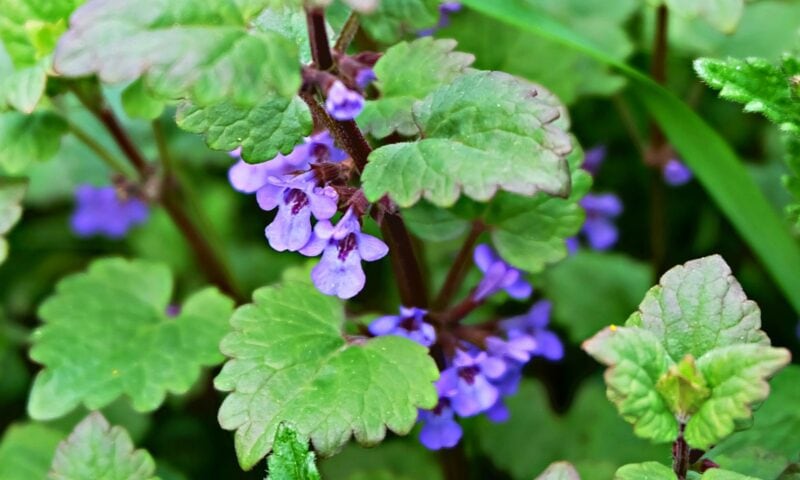
Catnip is most famous for it’s intoxicating influence on felines, but it isn’t just safe for cats, it’s also safe for pups in small quantities and provides a good source of vitamin C. Just note that while it won’t make your dog loopy like it does cats, it can be a mild sedative for canines.
Catnip thrives in zones 4 through 8 and blooms in late spring and early summer.
9. Magnolia Trees (Magnolia spp.)
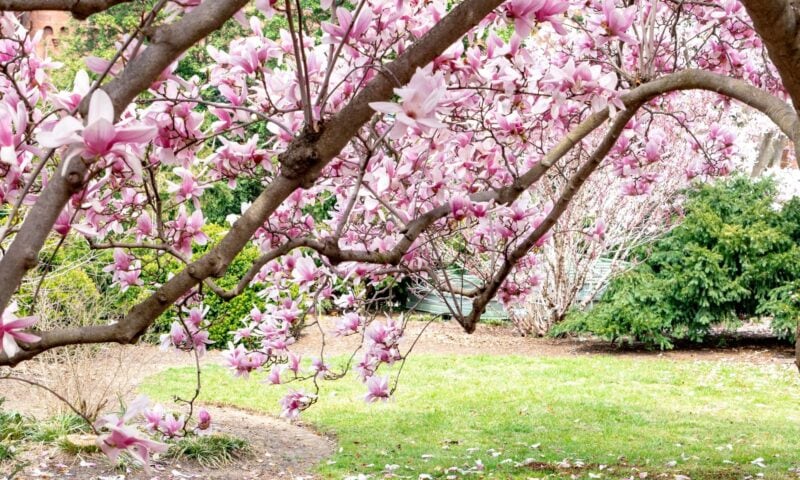
Magnolia trees are absolutely beautiful plants and trees that are completely non-toxic to dogs. They bloom in the summer, and some produce gigantic white flowers you’ll be able to see from quite a distance.
Magnolias are fairly flexible and can be trained to grow up a lattice propped against a wall. They’re also fast-growers which is perfect for impatient plant parents, and they thrive best in zones 7 through 10.
10. Polka Dot Plant (Hypoestes phyllostachya)
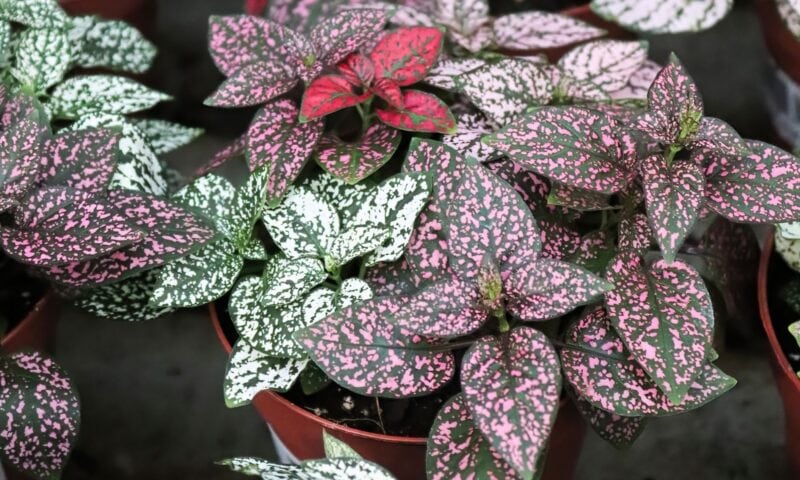
The eye-catching polka dot plant thrives in zones 10 and 11 and prefers when the temperatures remain above 60 degrees Fahrenheit. Note that these plants need to be taken inside during the winter months, so they’re often grown in portable containers.
But that can actually be a bonus, as they make superb dog-friendly houseplants while waiting out the winter!
11. Asters (Aster spp.)
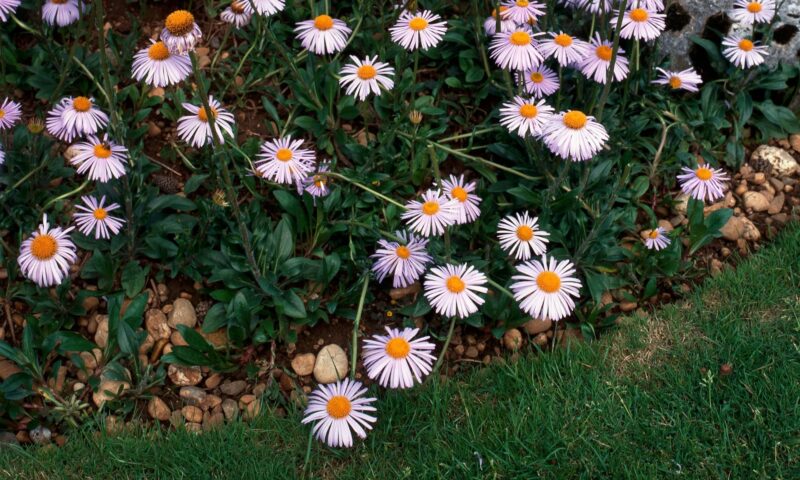
The eye-catching aster comes in colors ranging from lilac to white. And you can feel free to pick out your favorite color – most aster varieties are considered non-toxic to our canine companions.
Asters prefer full sun and can thrive in zones 4 through 11. These perky flowers serve as a natural food source for pollinators. In fact, they are a favorite of Monarch butterflies, so they are sure to beautify your yard in more ways than one.
Don’t confuse the flowers of the genus Aster with the woody aster (Xylorhiza orcuttii) — a flower native to the southwestern U.S. that is toxic to dogs.
12. Black-Eyed Susan (Rudbeckia hirta)
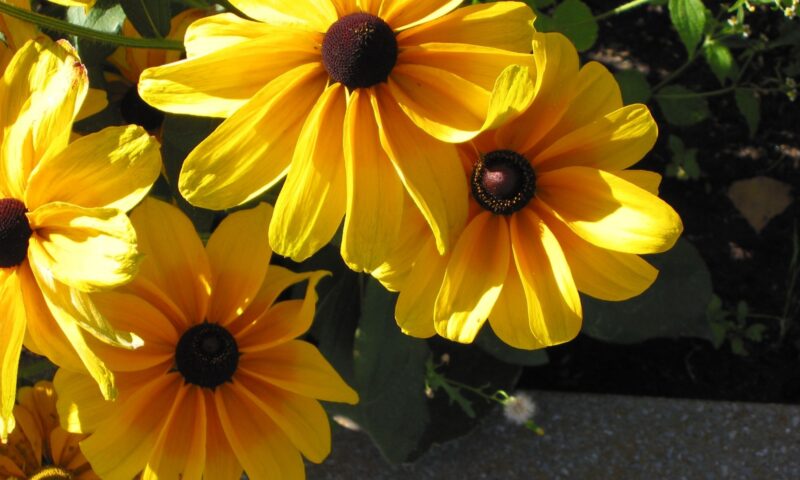
Black-eyed Susans – which many people confuse with daisies, thanks to their similar structure – typically grow in large groups and can add a section of cheery yellow to your garden without too much effort.
These beautiful flowers are surprisingly robust, thriving in zones ranging from 3 through 10. Black-eyed Susans are full-sun plants that show their “face” during late summer.
13. Fennel (Foeniculum vulgare)
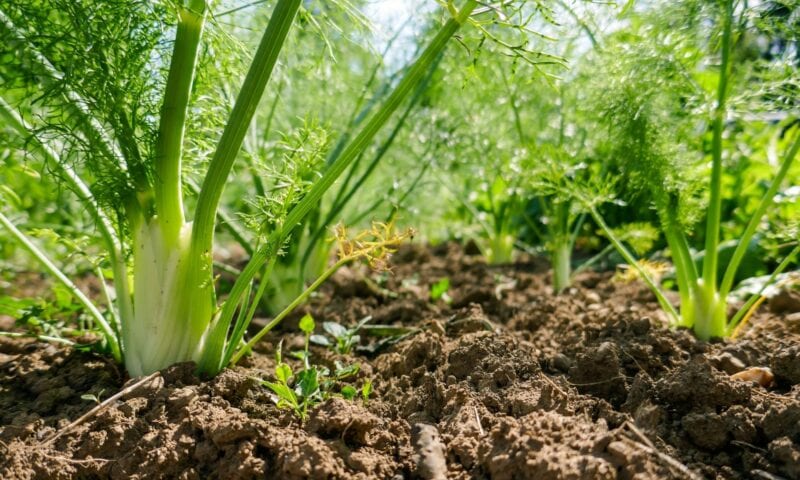
Fennel is often grown in cooler climates and does well in zones 4 through 9. It’s also a food you can share with your dog in small quantities and serves as a great source of calcium, iron, and vitamin C (though your furry friend may not appreciate the licorice-like flavor).
This hardy perennial can survive through the winter, though it needs at least 6 hours of full sun to thrive.
14. Roses (Rosa spp.)
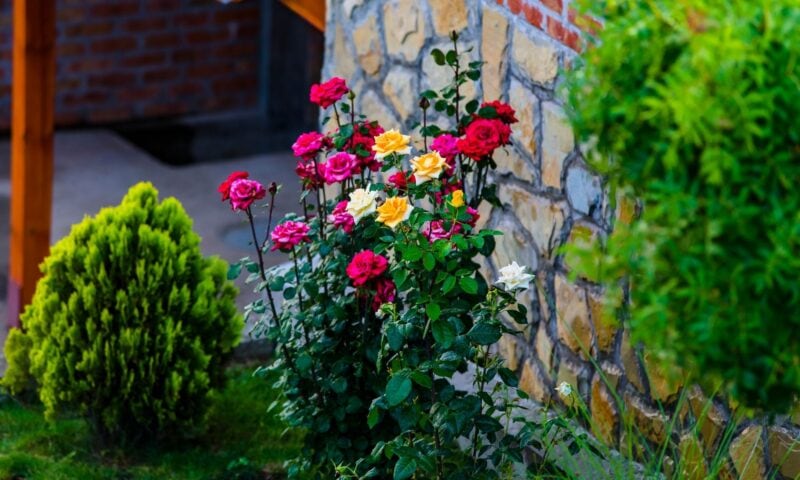
Roses are non-toxic to furry friends and surprisingly hardy, growing in zones 5 through 10. These flowers are perfect for DIY bouquets, though they also make beautiful bushes.
Note that roses do have stem thorns that could potentially prick your pooch. You’ll want to train your dog to avoid your patch of roses or plant them in a place your pupper can’t access.
15. Camellia (Camellia spp.)
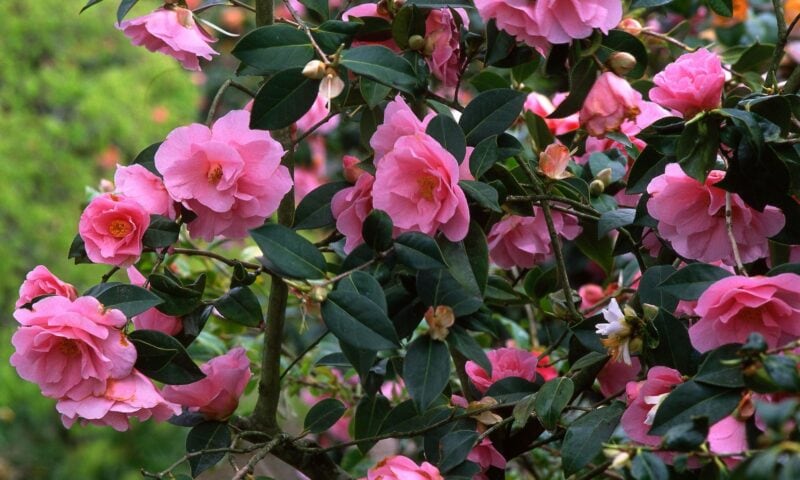
The flowering Camellia trees and bushes are safe for dogs and are exceptionally hardy. These long-lived plants can live up to 100 years and grow up 25 feet tall, so be sure to plan their placement carefully.
Camellia tends to thrive in zones 6 through 9 and has a delightfully long bloom season, actively flaunting flowers well into the fall.
16. Hibiscus (Hibiscus spp.)
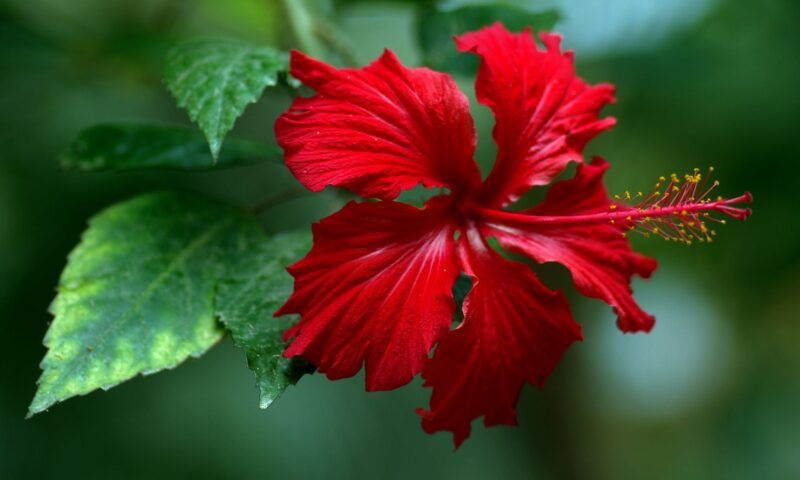
In most cases, Hibiscus is non-toxic to furry friends. Just note that one variety — Rose of Sharon (Hibiscus syriacus) – can be harmful and should be avoided. So, be sure to check the identification of the specimens you choose carefully
While these flowers are gorgeous, they aren’t super hardy and are best planted in zones 10 through 12. Hibiscus flowers make great container plants and will give your garden a tropical feel.
17. Coral Bells (Heuchera sanguinea)
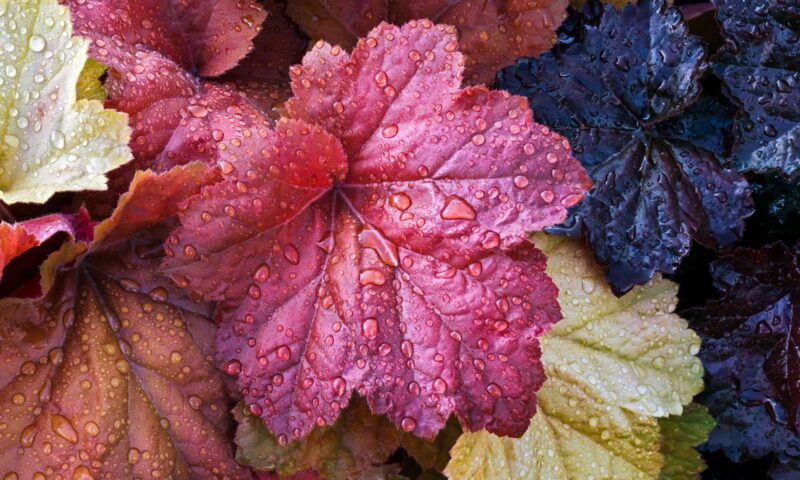
Need some more “pop” in your yard? Well, coral bells can add a refreshing burst of color to your shrubbery, and they are non-toxic for furry friends! They’re also incredibly durable and can flourish in a wide range of light conditions and soil types.
These peppy plants are best grown in zones 4 through 9.
18. Tickseed (Coreopsis californica)
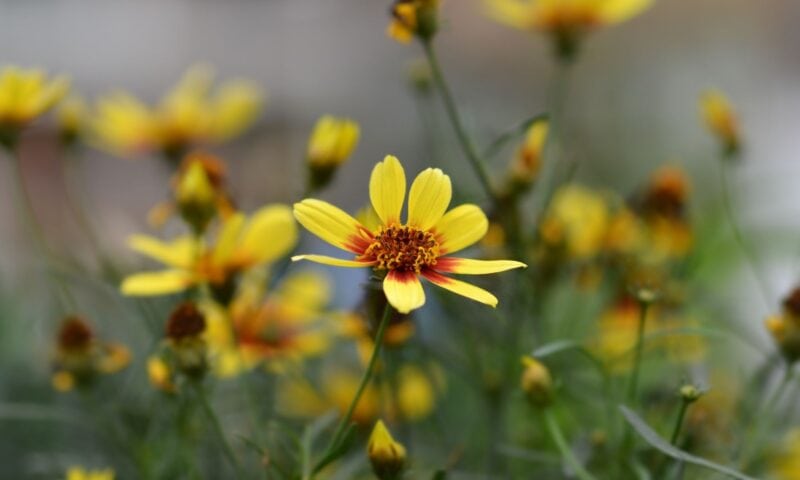
If you’re seeking a low-maintenance, durable flower, check out tickseed! These beautiful blooms come in cream, pink, red, yellow, and green and are entirely dog-friendly.
These buds bloom best in hardiness zones 4 through 10 and attract plenty of butterflies, bees, and other helpful pollinators to boost your botanicals.
19. Snapdragons (Antirrhinum spp.)
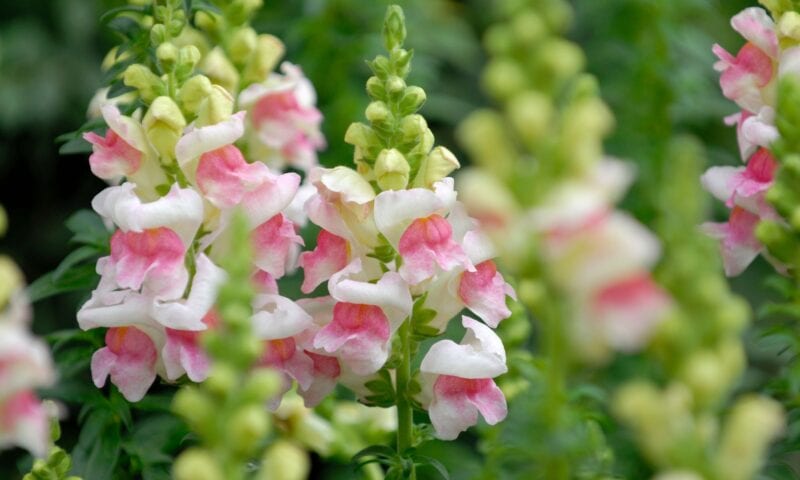
Snapdragons are not only stunning, they’re annually self-seeding flowers, meaning that you can plant them once and enjoy them year after year.
These dog-friendly plants thrive in zones 7 through 10, and they come in a variety of colors, ranging from bronze to deep red. This will not only help spruce up your yard, but you can also cut the flowers and use them in bouquets!
20. Nasturtium (Tropaeolum spp.)
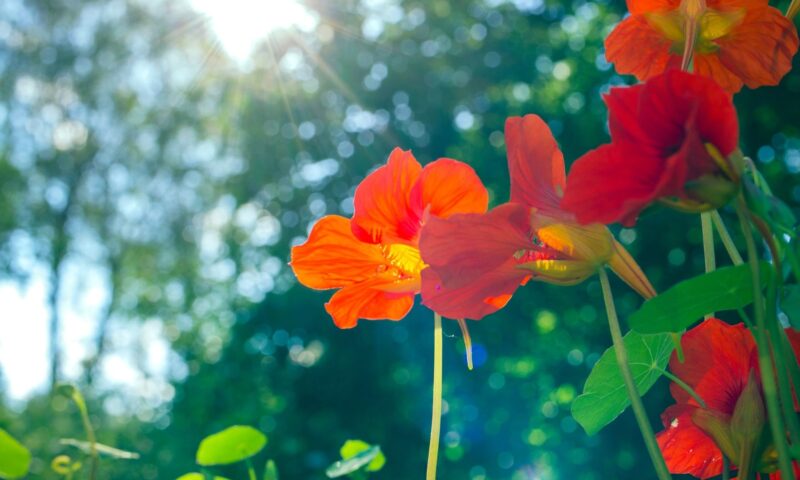
Are you seeking a vibrant plant to protect your garden? Check out the dog-friendly Nasturtium. These bright blooms are not only gorgeous, but they can also attract vital pollinators to your yard.
Nasturtium flowers grow in zones 9 through 11, but they’re somewhat flexible about their sun exposure, as they can thrive in full sun or partial shade.
Don’t confuse water cresses (Nasturtium spp.) with nasturtiums (Tropaeolum spp.). The former are slightly toxic to dogs; the latter are harmless.
Now, water cresses are rarely planted ornamentally, so it isn’t especially likely for pet owners to make such a mistake, but it once again illustrates the importance of checking scientific names when picking out plants.
21. Fuchsias (Fuchsias spp.)
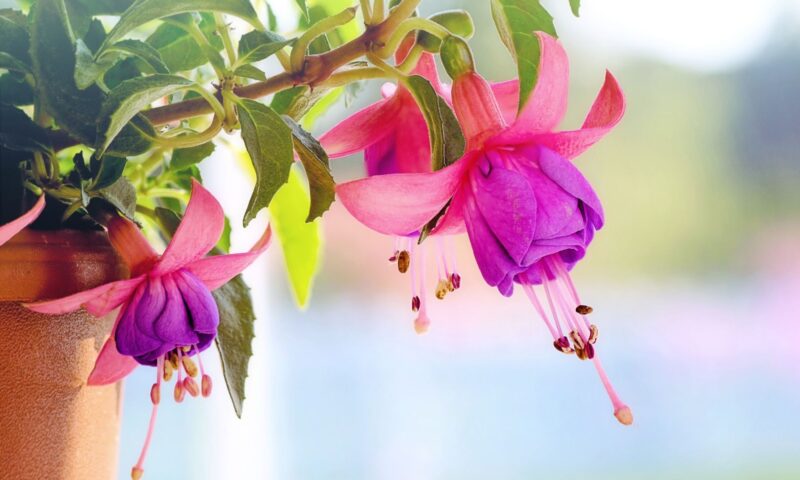
Fuchsias are vibrant flowering trees and bushes that also happen to be dog-friendly. You can also find climbing varieties of the plant to help decorate your garden.
These prized perennial plants are fairly hardy and grow best in zones 6 and 7.
22. Banana (Musa spp.)
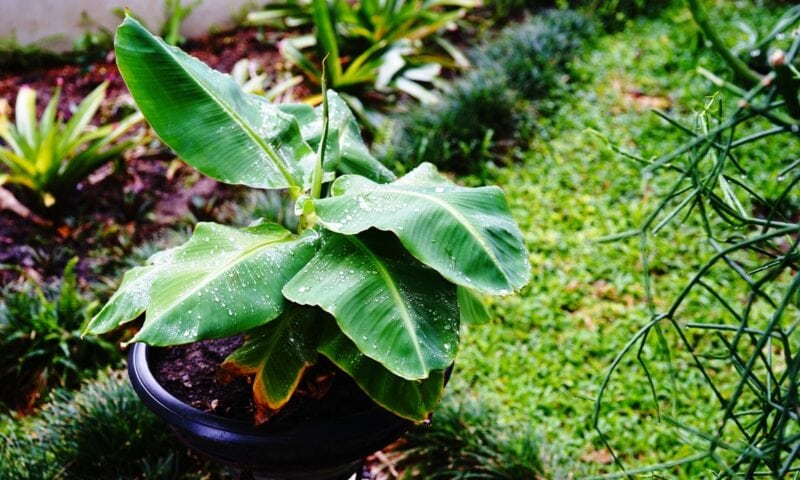
Banana plants are often confused for trees, though they’re actually exceptionally hardy shrubs. These plants require a bunch of room, but they are dog-friendly and could probably withstand a romp or two from your canine companion.
It’s difficult to cultivate banana plants outside zone 10, but if you live in a warm climate and have plenty of room, these lush plants are sure to make you feel like you’re on vacation!
23. Houseleeks (Sempervivum spp.)
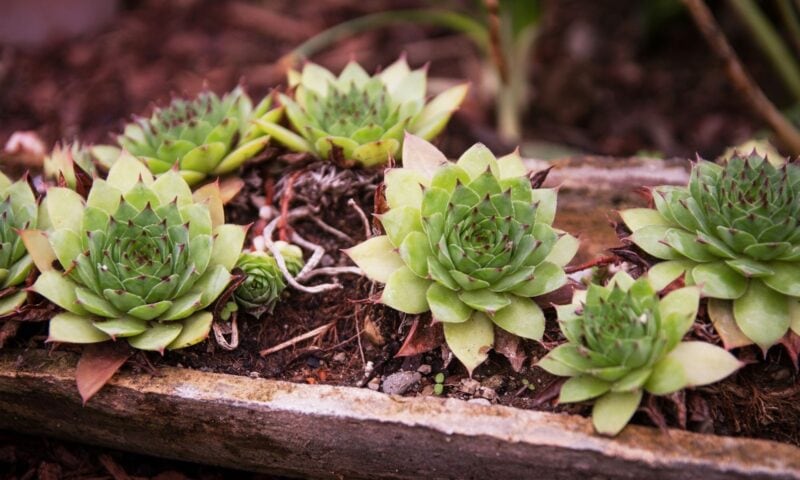
Houseleeks are hardy succulents that aren’t just dog-safe, they’re also able to withstand frost! These plants prefer growing zone 4 through 8, don’t require a ton of water, and are incredibly low-maintenance.
3 Plants Pet Parents Should NEVER Plant: Dangerous Plants for Dogs
If you have a furry friend or live in a neighborhood populated by pooches, you should never plant the following toxic plants:
1. Sago Palm (Cycas revoluta)
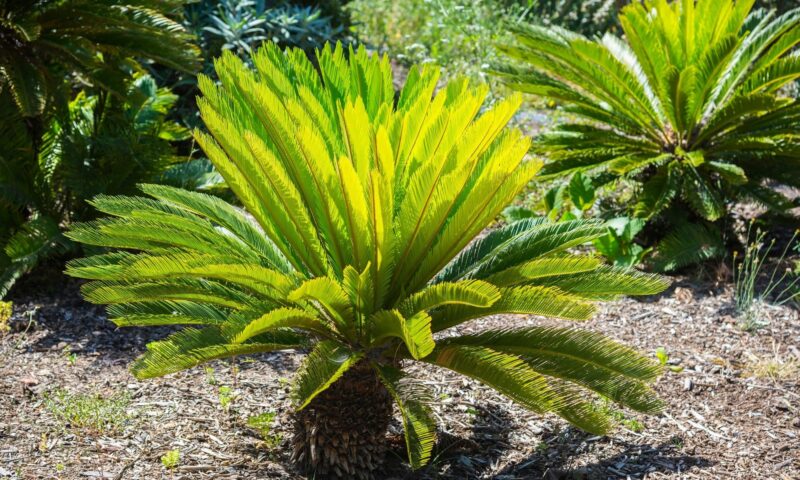
Unfortunately, all parts of the beautiful sago palm plant are toxic to dogs. Symptoms of sago palm poisoning include vomiting, diarrhea, lethargy, nose bleeds, liver damage, paralysis, and seizures. The seeds of the palm plant are the most toxic and can negatively affect the gastrointestinal and nervous systems within minutes.
2. Tulips (Tulipa spp.)
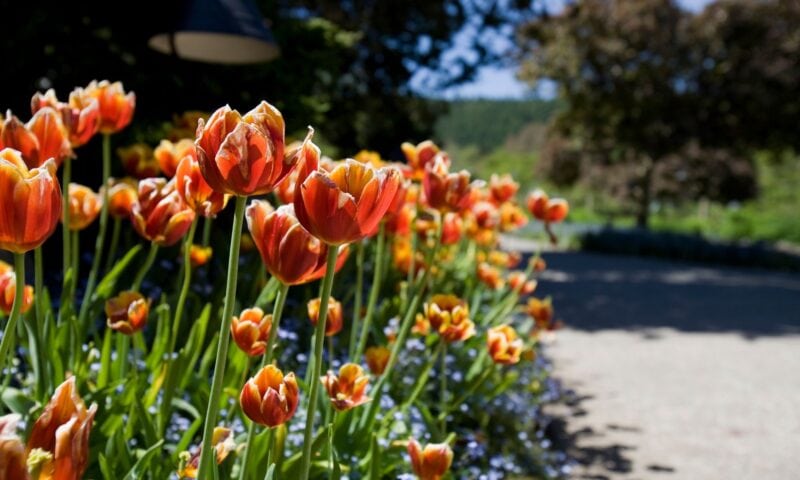
Tulips may be pretty, but they are toxic to both dogs and cats. These plants can cause drooling, vomiting, and diarrhea if ingested. While all parts of tulips contain toxins, the bulbs are the most concentrated, and therefore the most dangerous.
3. Oleander (Nerium oleander)
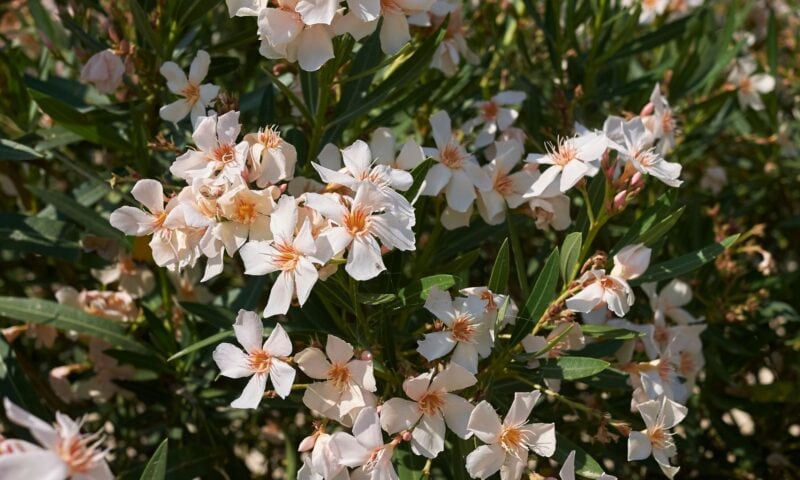
Only a small ingested portion of this beautiful flower can be toxic – even deadly to dogs and cats. Some clinical signs of poisoning include excessive drooling, diarrhea, lethargy, low blood sugar, and abnormal changes in heart rate.
If your pet ingests any of these plants, head to the nearest emergency veterinary clinic immediately for further care.
General Dog-Friendly Landscaping Tips
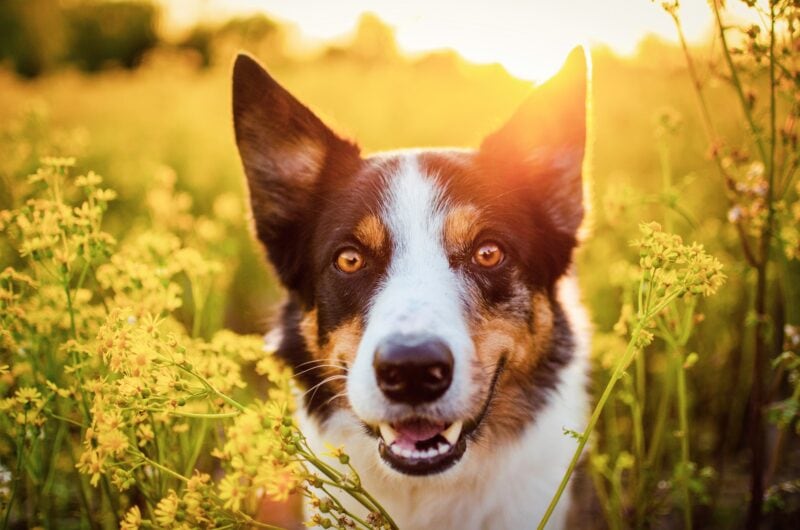
Keeping your garden in tip-top shape with a furry friend isn’t always easy, but there are ways to make your gardening experience easier as a pet parent. Consider some of the following dog-friendly landscaping tips while tending to your yard.
- Use a pet-safe weed killer. If you can, it’s best to practice organic gardening for the sake of your furballs. However, sometimes you need something to safely eliminate undesirable plants Unfortunately, many commercial weed killers can be toxic to dogs, so be sure to opt for pet-safe weed killers instead.
- Create a non-traditional garden. Unfortunately, grass can become pretty patchy when exposed to dog urine. You can help protect your plants by choosing an alternative, like a clover lawn. As a bonus, clover provides food for bumblebees!.
- Opt for durable plants and grasses. Dogs can unintentionally cause a lot of damage while enjoying the yard, so it’s best to seek out one of the best grasses for dogs, which will be able to withstand a little mutt mayhem. If you do have delicate plants, consider hanging baskets or growing them in an area your dog can’t access.
- Make a path for your pooch. Your dog is less likely to trample over your plants if he has a separate area where he can safely run around. Make a path for your pooch that keeps your most delicate flowers at a distance.
- Consider installing a fence. Dog-proof fencing makes it easier for Fido to enjoy the great outdoors and can help protect your plants. There are plenty of DIY fence options too for savvy pet parents.
***
These dog-friendly plants are absolutely beautiful and will most importantly, keep your canine companion safe! While these plants are pooch-approved, it’s still important that you prevent your pooch from snacking on your vegetation. Have fun growing a dog-safe garden!
Does you love pups and plants equally? Which dog-friendly plant was your favorite? Tell us all about it in the comments below!
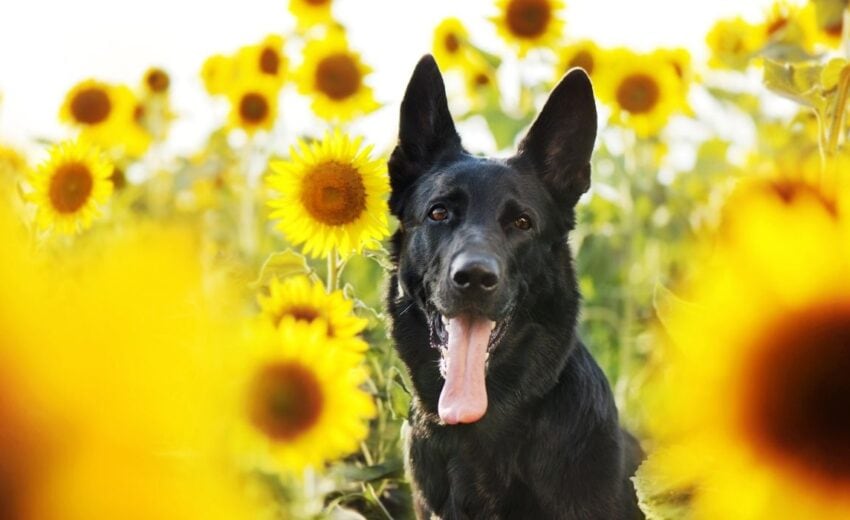
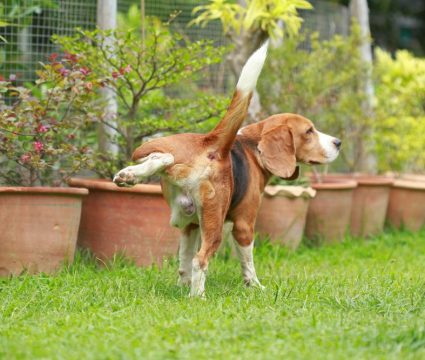



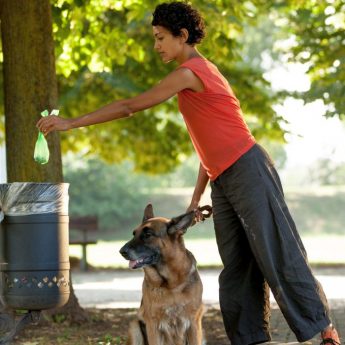
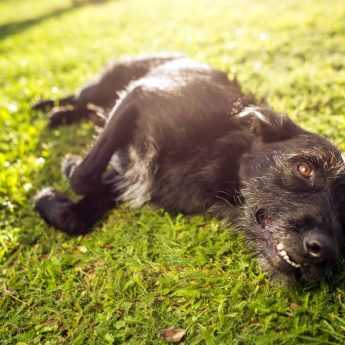
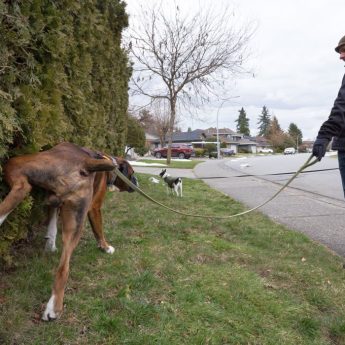
No Comments